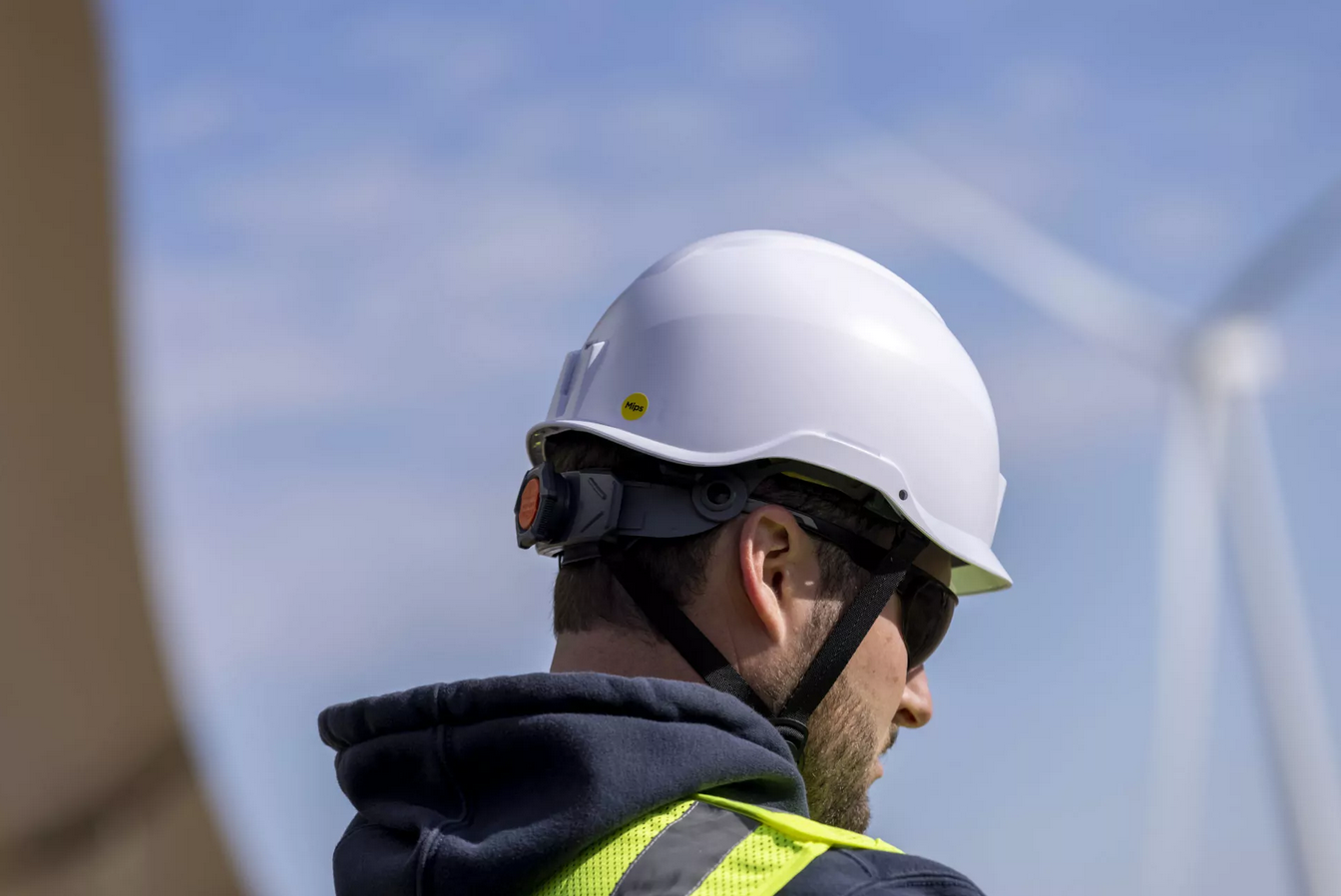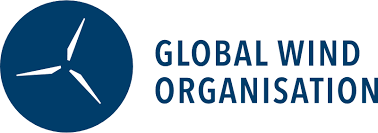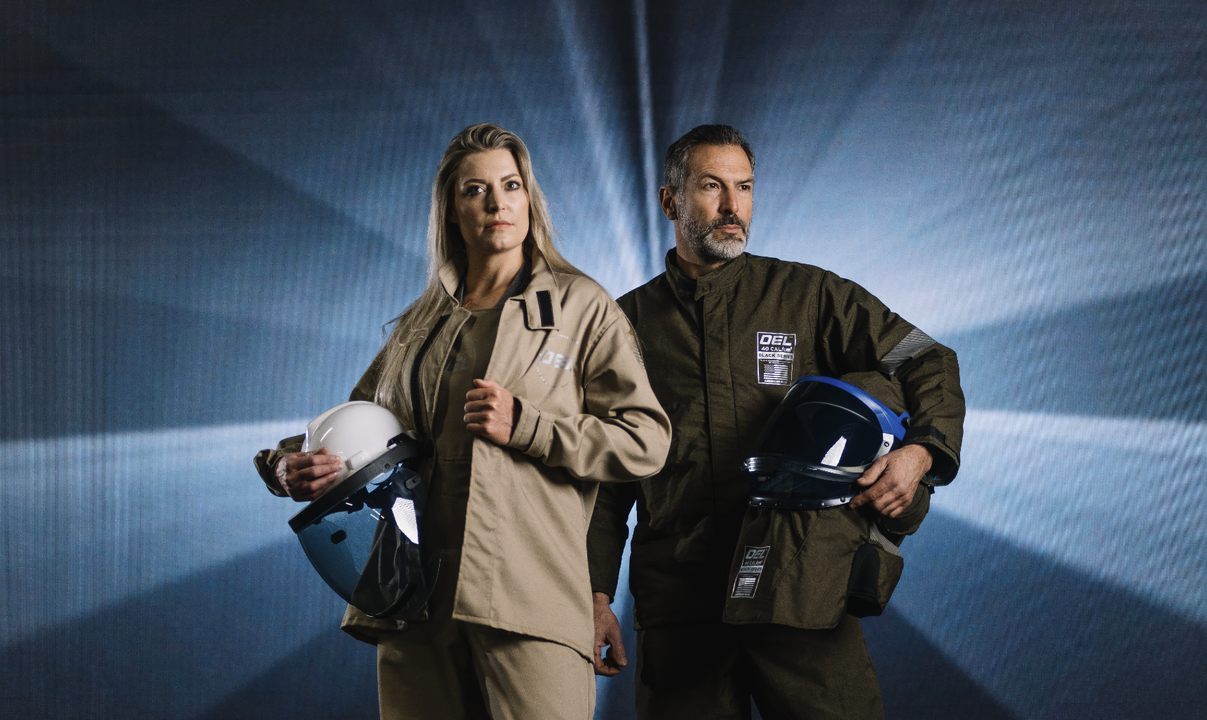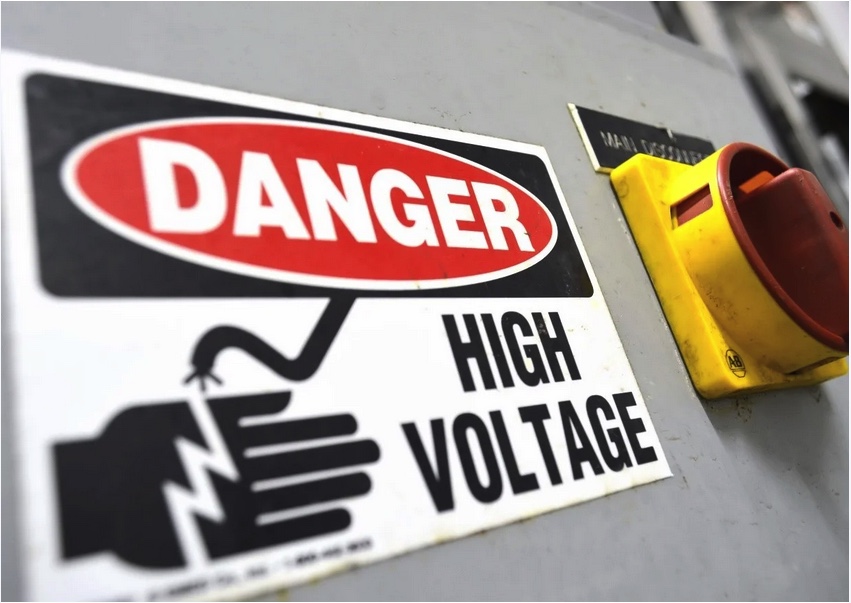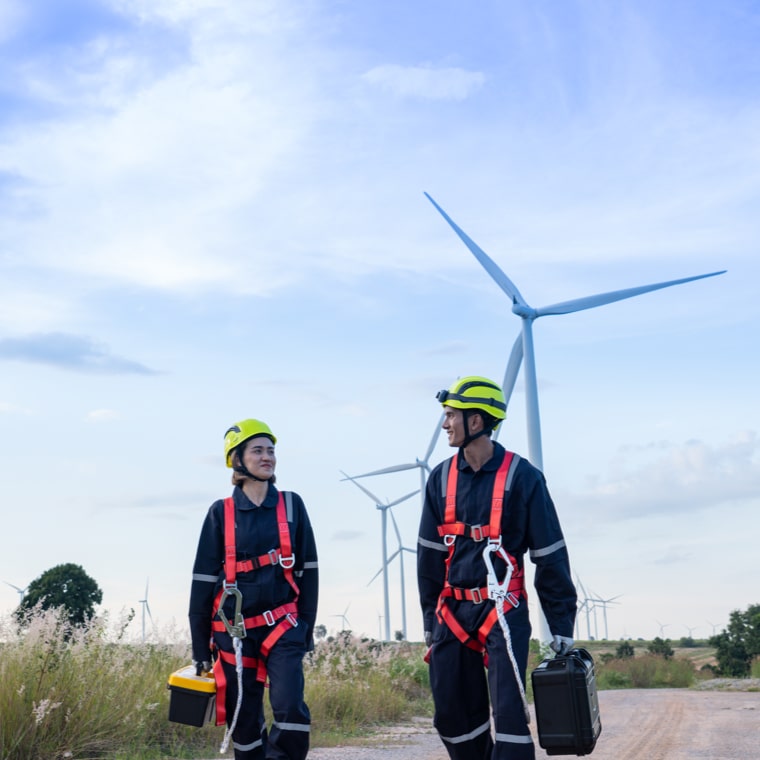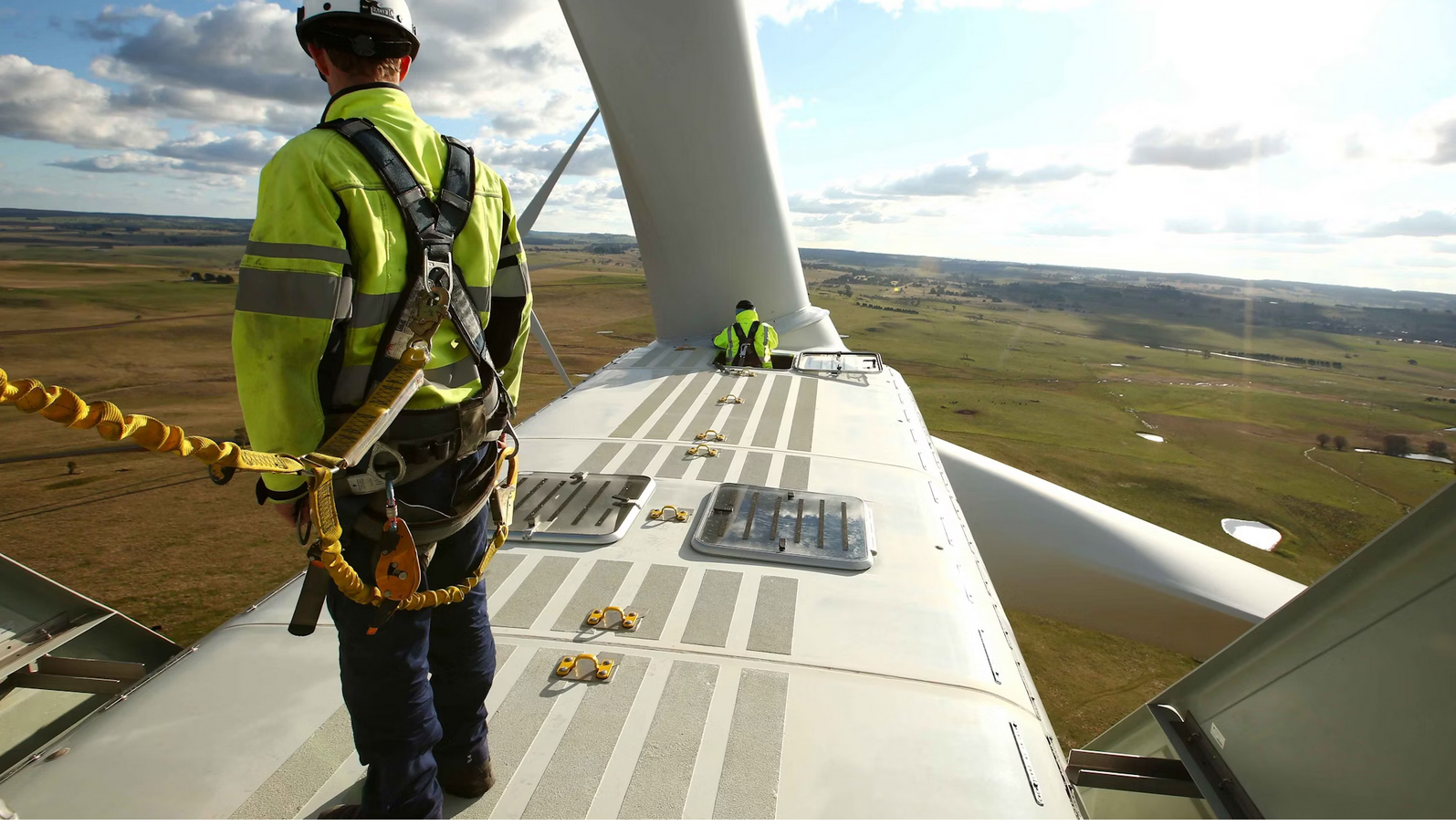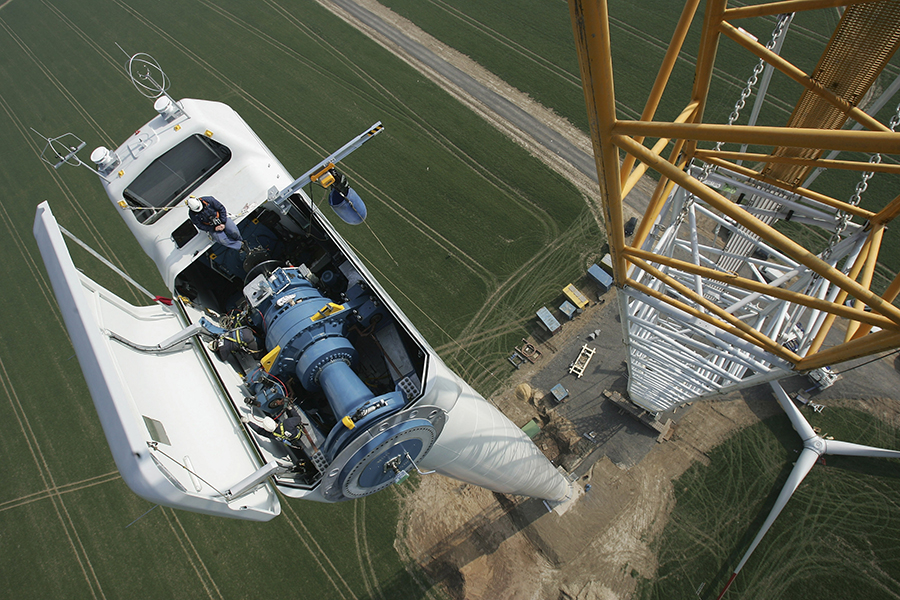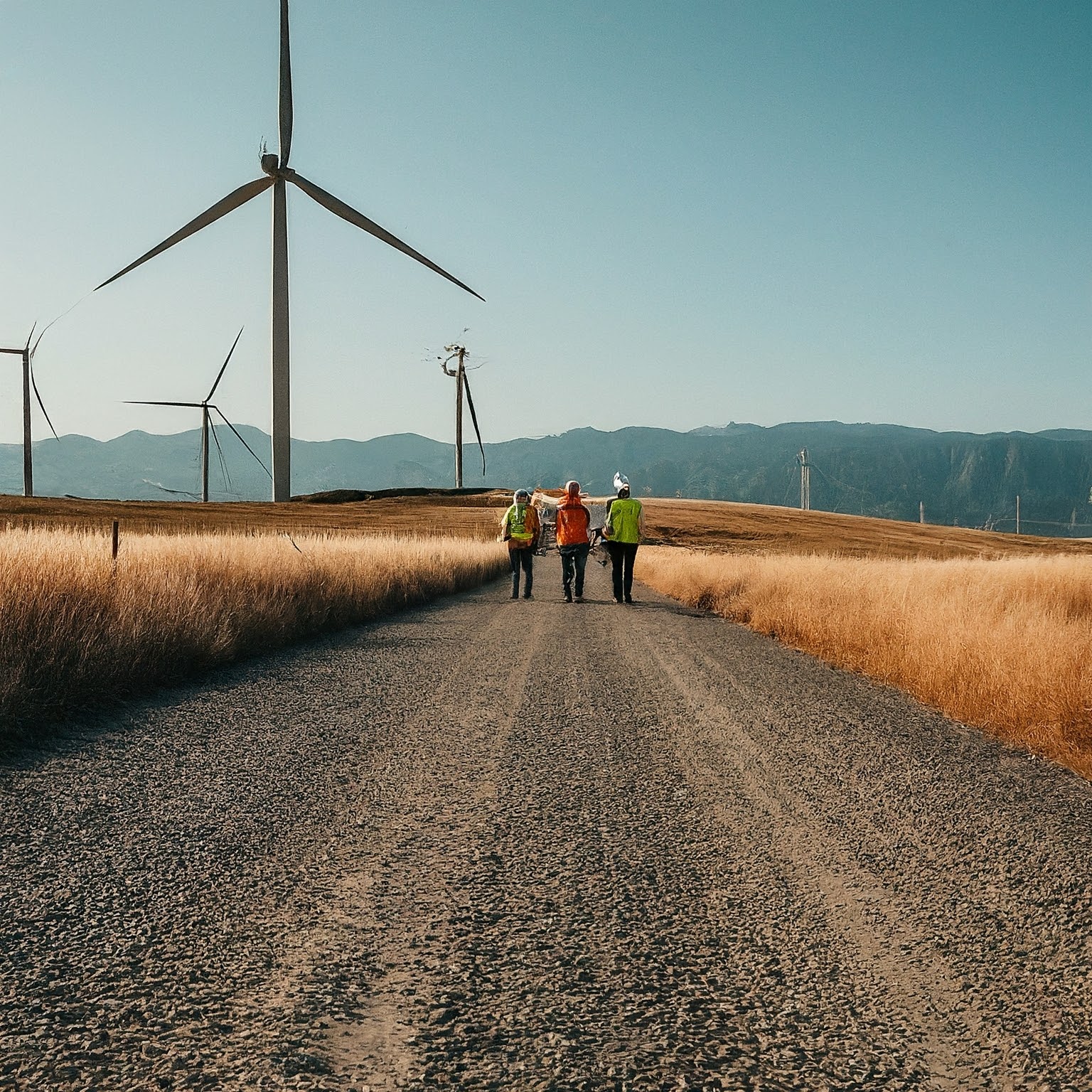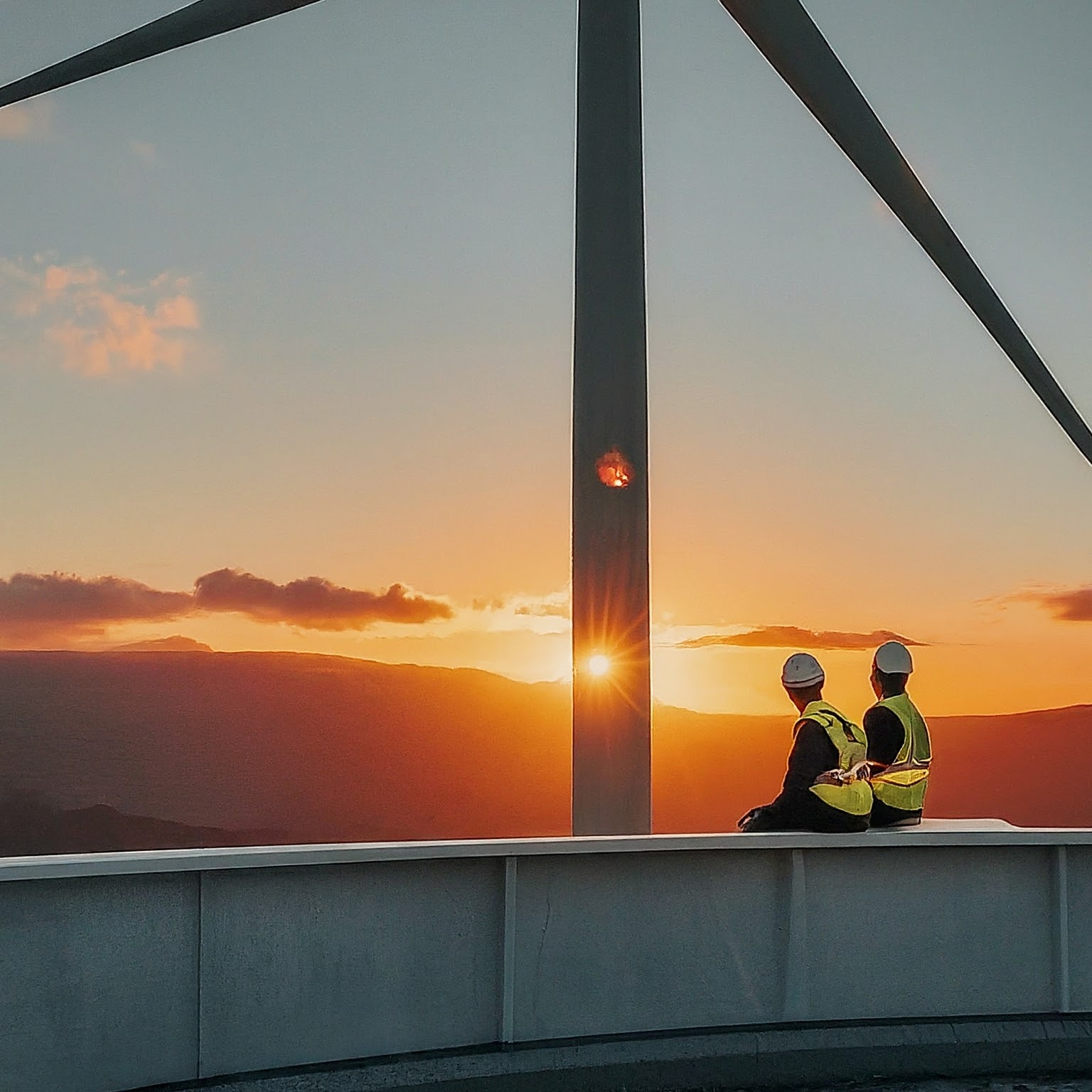What makes a good training provider great?
Recent years have seen a massive boom in the wind energy sector here in the US, around 130% increase in the last ten years alone. With this, we have seen a large number of training providers rapidly enter the space. With the demand for workers in the sector, this is only to be expected, as demand far outstrips supply and companies are desperate for people to help support their growth. And whilst training is obviously essential, are all training providers created equal?
Our industry is fortunate to have globally recognised standards, set by the Global Wind Organisation (GWO), that all technicians have to achieve to work on wind turbines. That level of accreditation is a major asset, but as we have all seen through our own experiences, the way these standards are trained and audited vastly affects the quality of the output achieved.
Here at STL USA, we have a long history of training technicians spanning almost 20 years, and we’ve made it our mission to deliver the highest quality wind sector training in the USA. That’s isn’t just a statement you make unless you have the drive, determination, passion and actual skills to back it up.
People:
So, what makes good training provision great? Well, we believe training starts with the people. Ask anyone about a time they learnt something that really changed their life, it will always come back to the person who taught them. Our trainers ALL have a minimum 5+ years of field experience. That’s time on site, up tower and inside turbines. Working in real world spaces, alongside their fellow technicians, gathering vast amounts of knowledge, skills and expertise.
Brandon McKelvain, our Training Manager, is undoubtably one of the most recognised, respected and influential instructors in the US today. He is the go-to guy and happily supports not only STL USA staff and customers, but also a wide array of other training providers, suppliers, manufacturers, forums, conferences and commentators, sharing his unbeatable knowledge freely. He is a man commited to the betterment of the future of wind energy and knows that means being a true team player, even on a global scale.
Another key member of the training team is Marshall Miller, recently shortlisted for the GWO Instructor of the Year 2024. Marshall’s experience prior to joining STL USA demands respect from not only those he trains, but the guys working alongside him. Marshall was quoted recently, saying,
“I love teaching wind techs because it’s where I come from. There is nothing better than getting techs in my classes and watching them leave thinking differently about the risks and hazards in their real world workplaces. Many techs get complacent regarding their safety and that of those working alongside them.
I love teaching for STL USA as they share the same passion and vision I do in the importance of quality training for wind techs. We are different to the average training provider. We provide exceptional levels of training, going above and beyond the standard requirements, because we know it’s about more than just getting certified. It’s about protecting people’s lives.”
We don’t think it’s too bold a statement to make to say we have the best training team in the US right now, and are immensely proud of the work they do and the passion and dedication they bring each and every single day.
Equipment & Facitilies:
Equipment and facilities is another area that can make or break great training provision. They say a bad workman blames his tools, we flip that on its head by saying great training doesn’t happen using substandard equipment. We use a wide range of rescue and training equipment and every single piece has been selected by our training team as the absolute best in market. We don’t cut corners and only partner with companies whose vision and values align with ours – Integrity and Quality.
Our training facilities have been specifically designed and built to as closely reflect the real-world environments wind technicians will face out in the field as possible. By creating realistic spaces and scenarios, we teach them the skills and competency to be able to deal with life or death situations with confidence. There’s a lot that can be learned in the classroom and online, but we’d rather the practical skills are obtained in a safe, controlled, supported environment, rather than your first time up an actual wind turbine!
Training in real-world settings:
Our on-site training provision really sets us head and shoulders above, as the teams can not only train technicians in the actual environment they’ll be working in, but then work in collaboration with the whole team to design and train 100% bespoke rescue plans for them, cutting no corners, making no assumptions or generalisations. Ask anyone who already works in wind and they will tell you very quickly just how priceless this kind of service really is.
If you’re interested in learning more about STL USA’s unique and excellent approach to how we deliver training, click the box below to get in touch.
Want to get in touch?
Click the button and we’ll get back to you asap

